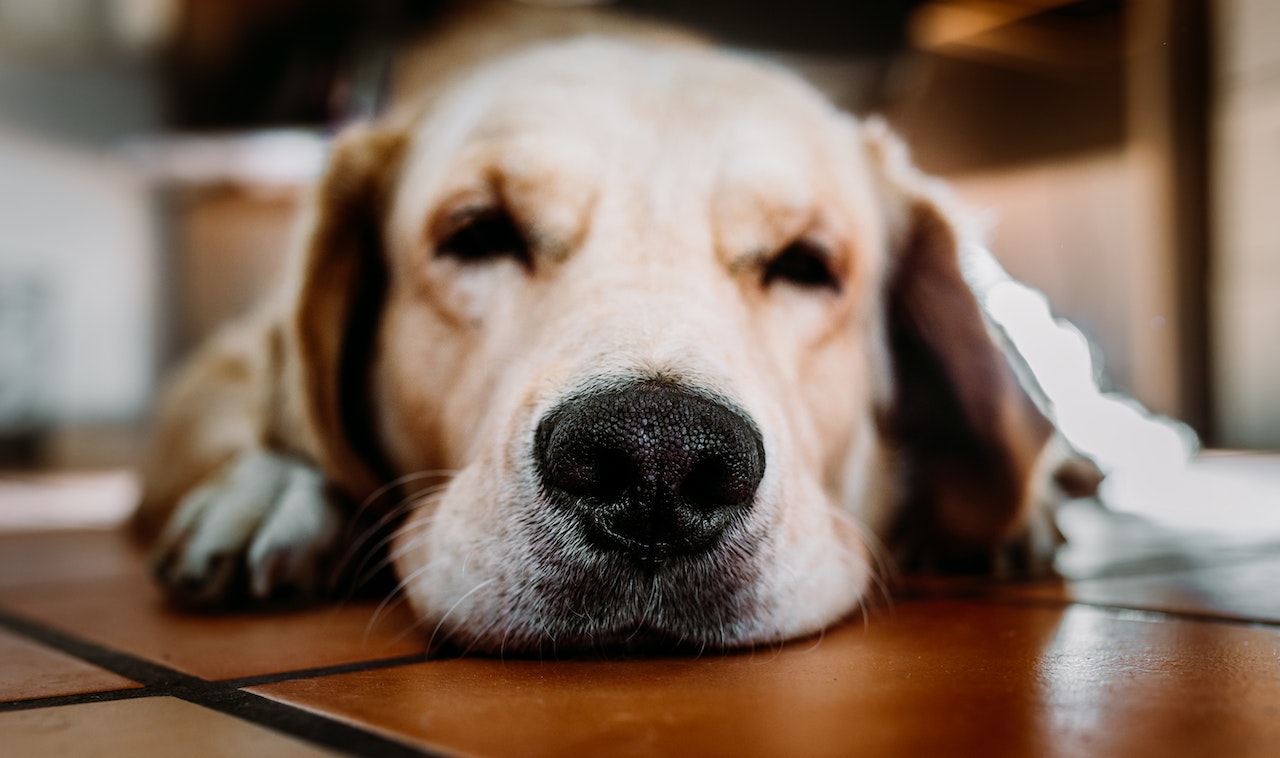How to Get Dogs to Stop Chewing Wood
Are you tired of finding your Labrador chewing on wood around the house? If so, you’re not alone. Many dog owners face this frustrating behaviour and wonder how to get their dogs to stop. In this article, I’ll share some effective strategies that can help curb your Labrador’s wood-chewing habit.
Firstly, it’s important to understand why Labradors chew on wood in the first place. Chewing is a natural instinct for dogs, and Labradors are no exception. They may chew on wood due to teething, boredom, anxiety, or even as a way to explore their surroundings. Identifying the underlying cause can help determine the best approach to address the problem.
One effective method is providing appropriate alternatives for your Labrador to chew on. Offer a variety of durable chew toys specifically designed for dogs, such as rubber bones or puzzle toys filled with treats. This will redirect their chewing behaviour onto something safe and enjoyable while keeping them mentally stimulated.
Additionally, ensure that your Labrador receives plenty of physical exercise and mental stimulation throughout the day. Regular walks, playtime sessions, and interactive games can help alleviate boredom and reduce destructive behaviours like wood-chewing.
By understanding why Labradors chew on wood and implementing these strategies consistently, you’ll be one step closer to helping your furry friend kick this habit for good. Remember, patience and consistency are key when training any dog behaviour – including stopping them from chewing on wood!
Understanding the Reasons Behind Dog Chewing Behaviour
As a dog owner, one of the common challenges we may face is dealing with our furry friends chewing on wood. Understanding the reasons behind this behaviour is essential in order to effectively address it and prevent any potential damage. Let’s explore some common causes of dog chewing, the impact of teething on their behaviour, and environmental factors that can promote this habit.
Common Causes of Dog Chewing
Dogs may chew on wood for various reasons, and it’s crucial to identify these causes to provide appropriate solutions. Here are a few common factors that contribute to this behaviour:
- Boredom: Dogs are naturally curious creatures who need mental stimulation and physical exercise. When they don’t get enough activity or attention, they may resort to chewing as a way to entertain themselves.
- Anxiety or Stress: Just like humans, dogs can experience anxiety or stress due to changes in their environment, separation from their owners, or other triggers. Chewing becomes a coping mechanism for them to alleviate their unease.
- Lack of Appropriate Chew Toys: Providing dogs with suitable chew toys helps redirect their natural urge to chew onto acceptable objects. Without access to appropriate toys, they may turn towards less desirable alternatives such as wooden furniture or sticks.
Impact of Teething on Chewing Behaviour
Puppies go through a teething phase between three and six months old when their baby teeth are replaced by adult teeth. During this period, chewing helps relieve discomfort and aids in the process of new tooth growth. It’s important for puppy owners to understand that teething is temporary but can significantly influence chewing habits during this time.
To minimise destructive chewing behaviours associated with teething:
- Provide Teething Toys: Offering specially designed teething toys can help soothe your puppy’s gums while diverting their attention away from household items.
- Apply Safe Chew Deterrents: Utilising taste deterrent sprays or bitter apple solutions on wooden surfaces can discourage puppies from chewing on them.
Environmental Factors that Promote Chewing
The environment in which a dog lives can also play a role in their propensity to chew on wood. Here are a few environmental factors that may encourage this behaviour:
- Lack of Supervision: Leaving your dog unsupervised for extended periods increases the likelihood of them engaging in undesirable chewing behaviours.
- Access to Wood: If your dog has easy access to wooden materials, such as fallen branches or furniture, they may be more inclined to chew on them.
- Inconsistent Discipline: Inconsistency with training and discipline can confuse dogs and make it harder for them to understand what is acceptable behaviour.
By addressing these environmental factors and providing suitable alternatives, we can help redirect our furry companions’ chewing tendencies onto appropriate objects, preventing damage to our cherished belongings.
Remember, each dog is unique, and understanding the reasons behind their chewing behavior will allow us to tailor our approach accordingly. With patience, consistency, and proper training techniques, we can guide our beloved Labrador (or any other breed) towards healthier habits while maintaining a harmonious living environment.
